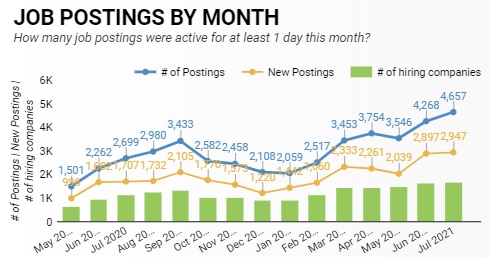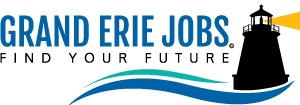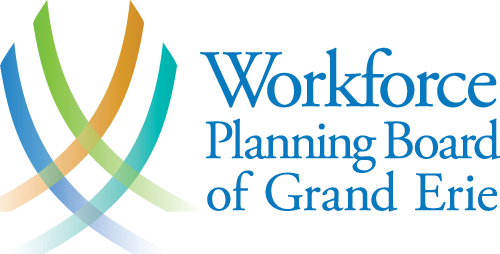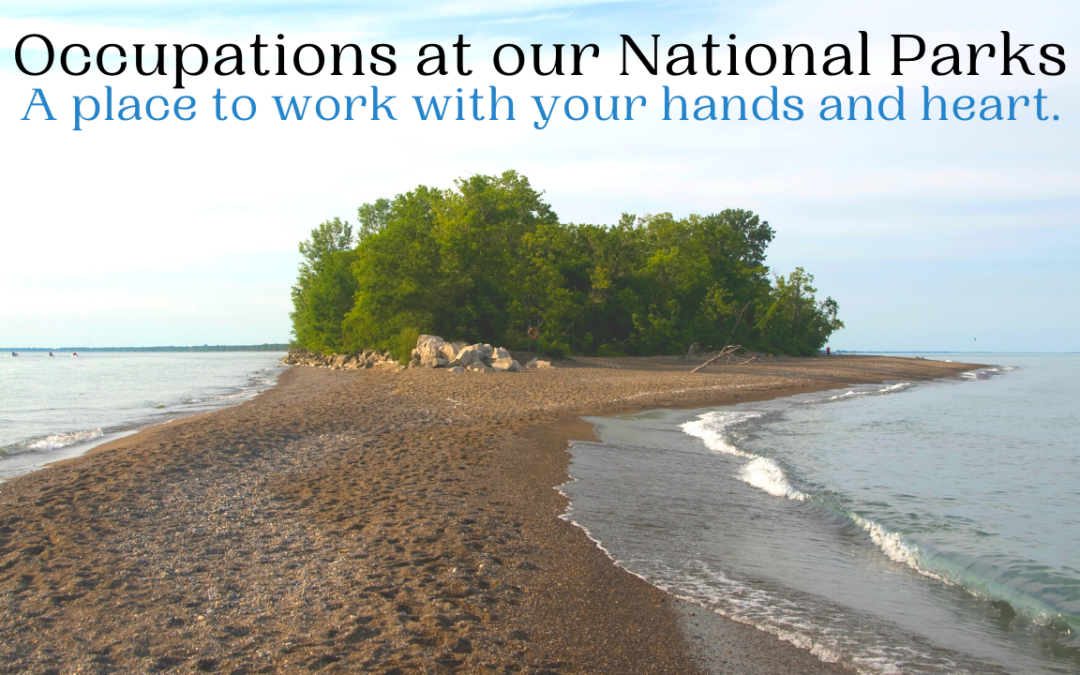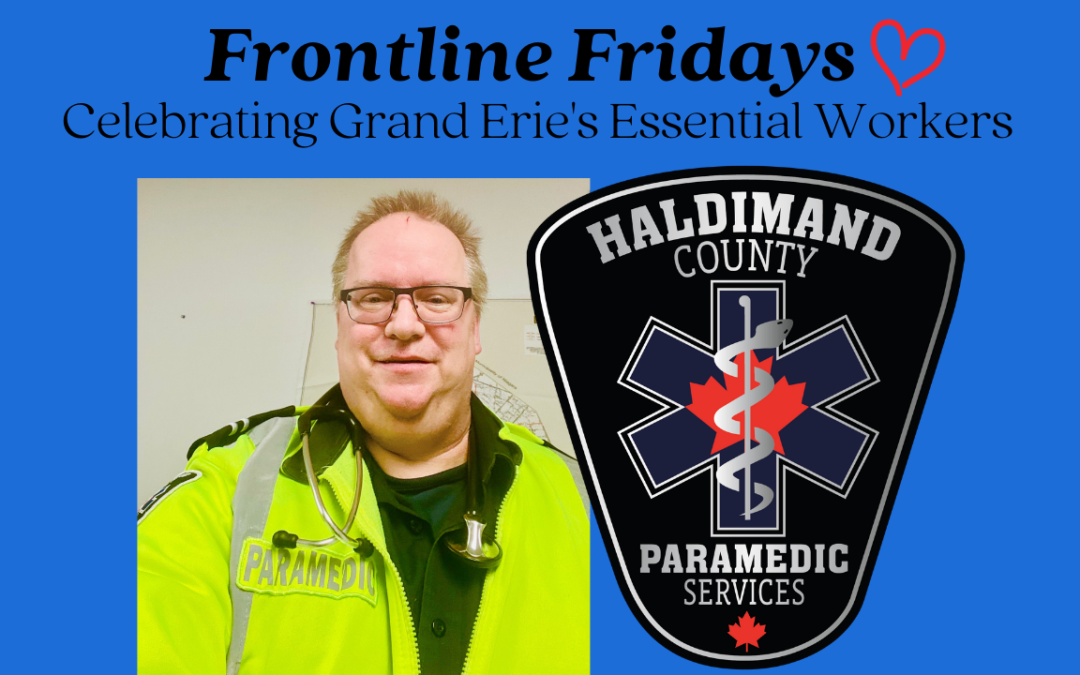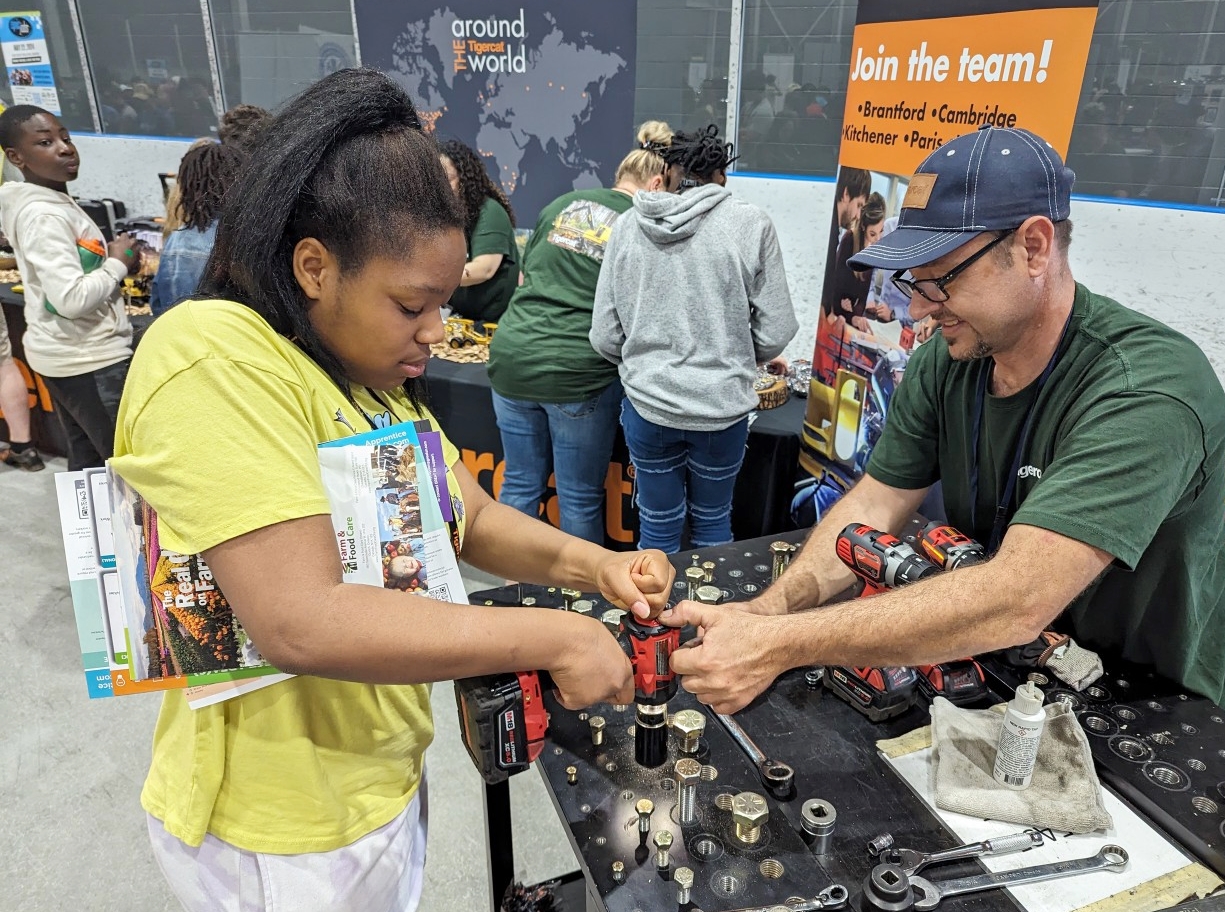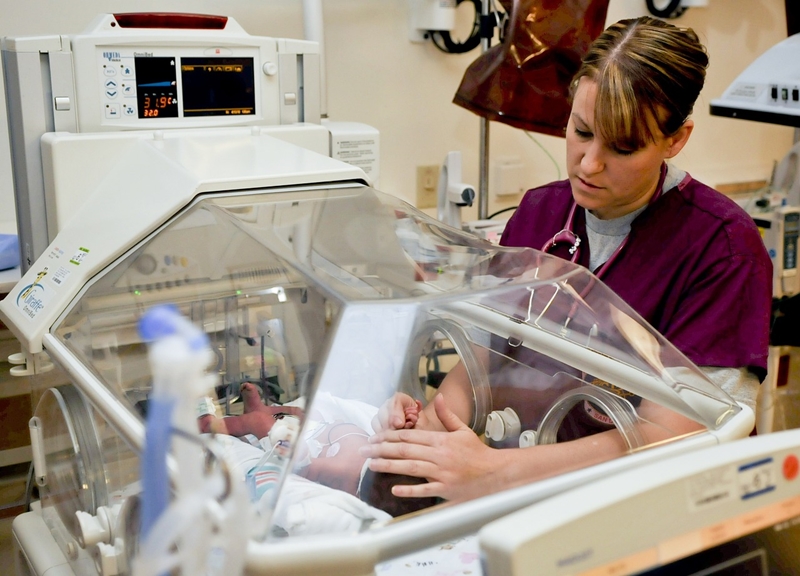Today, in our Frontline Fridays feature we talk to Paramedic John Ellis who works for Haldimand County Paramedic Services.
Through Frontline Fridays the Workforce Planning Board of Grand Erie pays tribute to essential workers in our community. Essential workers have helped us cope with the COVID-19 pandemic in Brantford, Six Nations, New Credit, and the counties of Brant, Haldimand and Norfolk.
Paramedics like John respond to emergency calls every day and provide emergency medical care to those in need onsite or in route to hospitals or other medical facilities. Paramedics regularly help save human lives.
What does an average day look like for you?
John: Haldimand County Paramedic Services covers an approximately 1300 sq km area. This coverage is provided by five ambulances during the day, and three on nights. Our day begins by checking the ambulance to which we are assigned, to make sure the ambulance is fully stocked, the equipment checked and tested and to make sure it functions as it should. This is regularly performed twice daily to prepare for what could be a busy day.
Once we complete our daily checks, we log on to our Central Ambulance Communications Centre. This Centre controls the movement of our ambulances and receives any 911 calls that drop in our area. When a call is received, a Pager alarm goes off at the station closest to the 911 call, or, if the ambulance is out of the station, the call comes over the radio.
We receive calls for all types of emergencies. These could be medical, such as a person having a heart attack, drug overdoses, traffic accidents, fires, shootings – the list is infinite. We respond to the call and provide medical assistance to anyone in need. We have a list of medical procedures and protocols that we follow and that we are trained for. The protocols are medical guidelines that we must follow and they provide the template of care that paramedics follow. A normal day can consist of 6 or more calls. After each call, an Electronic Patient Care Reporting document (EPCR) is completed for each patient that we treat. This documentation is a requirement of the Ministry of Health and must be completed by the end of shift.
How has COVID-19 affected your day-to-day work?
John: COVID-19 has added a whole new level of protection and sanitizing level to the profession. While we are riding in the ambulance, whether it is to a call or out in our area roaming, a face mask must be worn by each Paramedic in the front of the cab of the ambulance as we are less than 2 metres apart and thus cannot socially distance.
When we respond to a call that could be a potential or confirmed COVID 19 patient, we must put on all our protective equipment on arrival at the scene. This includes a gown, gloves, a respirator, safety glasses, a face shield, boot covers, and a hair cover. This is to protect the patient as well as us. Upon completion of the call, all this safety equipment must be removed in a specific way as to not contaminate yourself or others. If the item is disposable, it is placed in a biohazard container, if it is reusable then it must be cleaned with special cleaning agents that will destroy the COVID-19 virus. If the patient was confirmed to have COVID-19, the medic must shower and change into a new clean uniform. The ambulance must then be decontaminated by a special machine that fogs the interior of the patient compartment to destroy any virus particles that may have been transferred. All this protection has made us hypervigilant about staying safe as we do not want to bring the virus to the next patient picked up by the ambulance, and we also do not want to bring it home to our families.
What has it been like to be an essential worker during the pandemic?
John: Being an essential worker during this time has been stressful and sometimes difficult. Much of our day is spent with patients that require assistance, often involving close contact which cannot be helped or avoided. We as paramedics must be vigilant on every call, as frequently it is not known what the patient is suffering from. A good and safe rule of thumb is to assume worst case scenario – meaning assume every patient has COVID-19 and protect yourself as mentioned earlier. Then we protect ourselves as well as the patient from spreading the virus to someone else.
On leaving work to come home, a whole new regime is performed before I can greet my family. I remove my uniform and shower before leaving work and change into clean clothes to not spread anything inside my vehicle. That way when I arrive home, I can greet my family knowing that I have not brought anything home and my family is safe.
What has been the greatest rewards and challenges in your work?
John: Becoming a paramedic was something I always wanted to do. I have been a paramedic for almost 18 years, and I enjoy coming to work now as if it was my first day! I work with the greatest bunch of people anyone could ask for. We are a small service, and we are like family. We all get along, work together to achieve goals, and help each other out when and where we can.
The greatest reward, however, is the one I get from helping a patient feel better, in trying to make one of their worst days a little less stressful. To be there with supportive words, and a hand to hold if that’s what will help. There are challenges with some patients that can be difficult, but in the end I treat everyone the same, “the way I would like to be treated “. Whether it is rewards or challenges, being a paramedic is the best feeling and the best job in the world to me.
What have been your greatest supports and means of coping as an essential worker this past year?
John: My greatest supports and means of coping have been my family and my co-workers. My co-workers and I have common ground and due to our family-like atmosphere we have been able to get through this past year together. My family at home helps me keep grounded and are my rock that I can grab onto when I need it. I also have hobbies and things around the house that need to get done that provide a pleasant and non-stressful diversion.
What made you pursue your career? What lead you to take a job in this community?
John: Previously, I was working full-time in another field. Throughout my life I have always wanted to become a paramedic. The opportunity arose and I took the leap of faith at the age of 38. I was accepted into the program at Niagara College. It was the best move and life change I have ever made. I already had a BSc in Biology and had a relevant background.
I chose Haldimand County as it was a smaller service and I had heard from other people it was a great service to work for, plus I had visited Haldimand many times and loved the small town feel and the great sense of community here. I would not trade my time in Haldimand County for anything. From my point of view, it is the best service around to work for!!
What was your education/training?
John: I graduated from Brock University with a BSc in Biology. I had gained life experience working full-time in a couple of other fields, before returning to school at Niagara College for the two-year Paramedic Program. Upon graduating, I was immediately hired by Haldimand County, and I also worked part-time for Niagara EMS for a couple of years.
My true home was Haldimand. The medics and management made me feel right at home. If you had any questions, management was always willing to help and to try to answer my questions. Our management staff has been fantastic in bringing new skills and specialized training to us and our service. They are always willing to provide us with training to keep up on the leading edge of a rapidly growing profession.
What advice would you give to someone interested in pursuing your career?
John: I would strongly recommend pursuing a post-secondary education, especially in the sciences, and/or health sciences. This will give them the background in human biological systems and make going through the Paramedic Program a little easier, as there is a lot of learning when it comes to becoming a Paramedic. A lot of time is spent learning how to assess and identify what is going on with a patient, along with how to treat that patient. The profession involves continual testing and education to hone your skills and keep current.
A person going into this career must have a truly genuine interest in helping people and be an understanding and compassionate individual. These qualities will go a long way in helping your patient trust you and making them feel safe.
Above all, you must love the satisfaction of knowing that you were able to help someone in their time of need.
Are you thinking of becoming a Paramedic? See Paramedic Careers for more information.
Local Training and Certification for careers like John’s:
Ontario Paramedic Association:
OPA – Becoming a Paramedic (ontarioparamedic.ca)
Conestoga College:
Paramedic | Full-time | Ontario College Diploma (conestogac.on.ca)
Fanshawe College:
Paramedic | Fanshawe College
Advanced Care Paramedic | Fanshawe College
Paramedic Association of Canada:
Paramedic Association of Canada Home Page
Statistics Canada Occupational Classification:
NOC 2011 – 3234 – Paramedical occupations – Unit group (statcan.gc.ca)
Search Local Paramedic Jobs: Grand Erie Jobs
